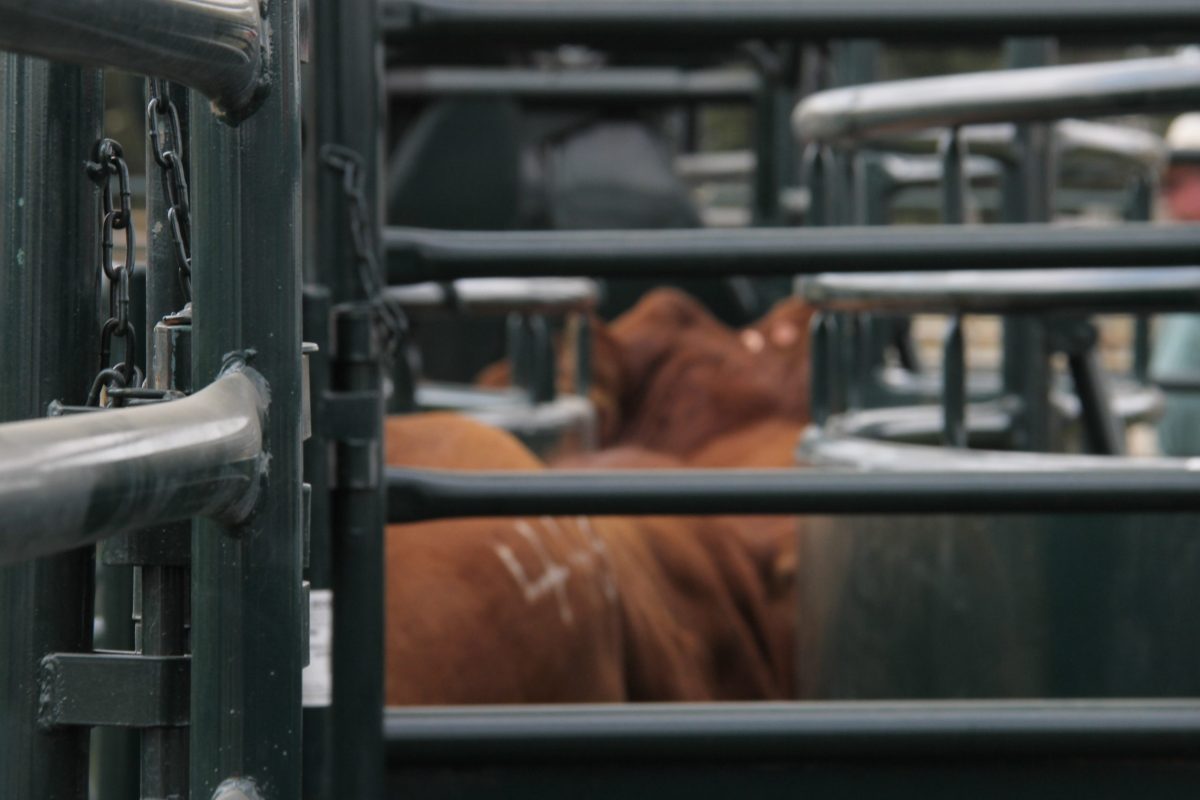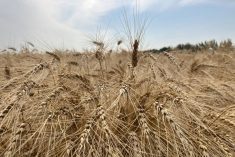Glacier FarmMedia — Declines in grain and oilseed futures at the Chicago Board of Trade during the week ended Oct. 15 were caused by different factors and possibly a common one, said an analyst.
The November soybean contract lost 23 U.S. cents per bushel, while December corn and wheat contracts all saw losses of between five to 10 cents.
Scott Capinegro, hedging specialist for AgMarket.net, said the ongoing impasse between United States President Donald Trump and China has pressured soybean futures. In addition, uncertainty over when or if the two parties will meet is causing sudden price movement.
Read Also

U.S. livestock: Cattle mixed on technicals, profit taking after tight supply rally
Chicago | Reuters – Chicago Mercantile Exchange cattle futures ended mixed on Wednesday as tight supplies and higher choice beef…
On Oct. 10, Trump threatened to raise tariffs on Chinese goods after China imposed restrictions on rare earth metal exports. As a result, U.S. grain and soybean futures dropped later that day. Capinegro said there is still the possibility of corn and wheat prices dropping in concert with soybeans.
“It could, if it got real ugly,” he said, adding that U.S. soybean prices are now at least US$1 per bushel lower than those in Brazil. “The ‘Trump bucks’ are out there. If we ever get the government back on their feet and report for work, they’re supposed to give bean farmers some money. That’s going to help them.”
Wheat prices are under pressure due to larger domestic crops worldwide, said Capinegro. The December contracts for all three major U.S. wheat varieties sunk to new depths, hitting contract lows on Oct. 14.
As for corn, he said it’s “the same old corn market.”
“The trading range hasn’t changed. We did take out the four-week low of US$4.1050/bu. but we didn’t close underneath it. But at US$4.05, there should be some support too. What are we going to look at? US$4.05 to US$4.30-ish? Hard to say.”
Capinegro added that there is a push-and-pull between strong export demand for corn and large supply. The latter will have more influence when this year’s crop enters the market.
“Harvest lows can come awful early,” he said. “We are definitely going to have farmers with (plenty of) bushels who don’t have the storage on farm. They’ll probably sell those off to get cash in their pockets as they wait for their bean money.”
Where futures prices will go is anyone’s guess, said Capinegro.
“With tariffs, that’s really hard to say.”














